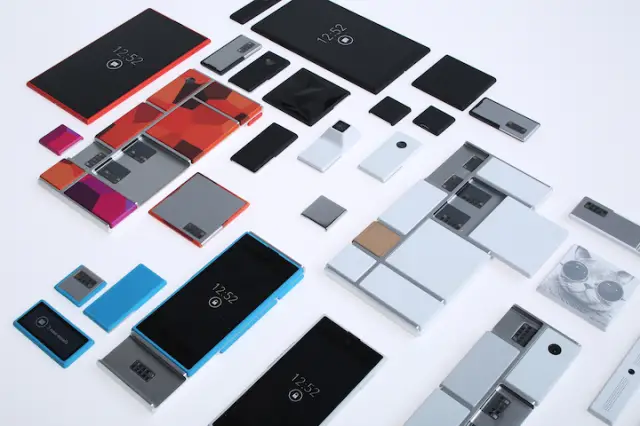
Motorola looks to 3D printing firm to handle bulk of Project Ara manufacturing

Motorola has a solution lined up for one of the basic challenges of the ambitious Project Ara. To handle the manufacture of the various components that will be capable of combining to form customizable, upgradeable smartphones, the Google-owned company is looking toward 3D printing. Specifically, Motorola has reportedly struck a deal with 3D printing firm 3D Systems to handle the production of both the phones “endoskeleton” and the plug-and-play modules that would attach to it.
Project Ara is a drastic shift away from today’s standard smartphone sales model, creating a market that is more like that of desktop computers. Users would be able to swap and upgrade various components housed in standalone modules to create a smartphone tailored to their needs. This could include such components as the smartphone’s camera, battery, and even processor. The aim is to not only provide greater customer choice but also break the the typical two-year smartphone buying cycle by allowing users to upgrade on a module-by-module basis as needed.
The interesting aspect about the entire project is that both Motorola and 3D Systems still have hurdle to overcome to make Ara a reality. Motorola will be tackling their end by making Module Development Kits available to interested parties as early as this winter, as well as soliciting feedback from so-called Ara scouts. 3D Systems will need to develop a method and system to churn out parts and components at the sort of clip that would meet Motorola’s eventual demand.
3D printing, though, makes perfect sense for this task. It combines the next generation of manufacturing and delivery with an approach to the smartphone that has the potential to shakeup the industry as we know it. We’ll see what happens as the two disruptive technologies join forces.
[via TechCrunch]
